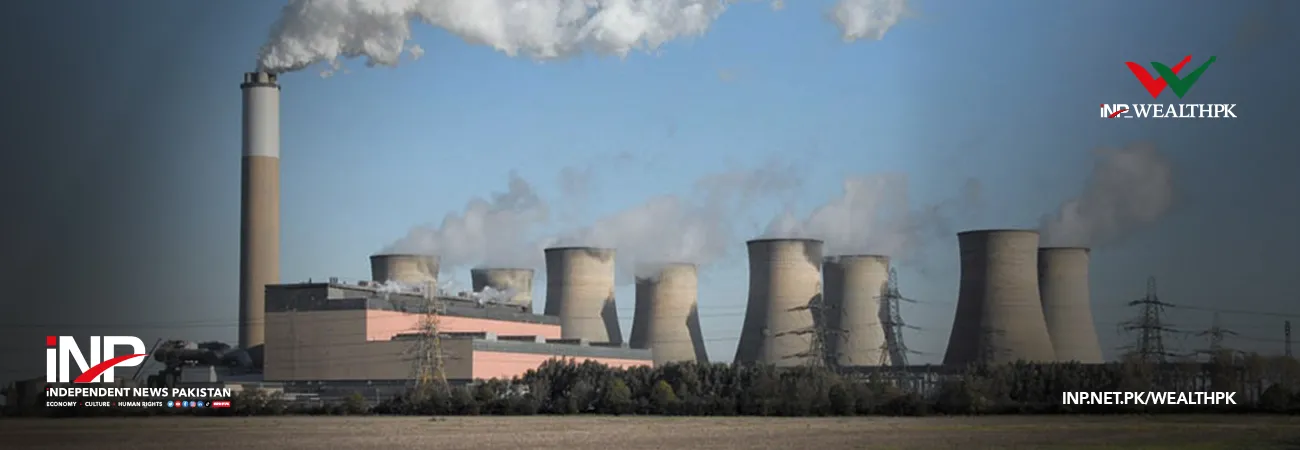INP-WealthPk
Ahmed Khan Malik
The Sindh government is focusing on exploitation of indigenous resources for electricity generation to meet the energy demand of underserved and unserved areas of the province. “We have planned to make Sindh fully self-sustaining in the energy sector under a policy framework for establishing mini/micro grid through solar and hybrid technology to help meet the current electricity shortfall in the province,” Bilal Naich, Director of Sindh Energy Department, said. He said that the power policy aimed not only at generating additional electricity, but it specifically focused on boosting both private and foreign investments to fully exploit conventional as well as renewable energy sources. “To further this objective, lucrative and investor-friendly renewable energy policy, dedicated Land Grant Policy 2015 and one-window facility for investors have already been put in place,” Naich said.
“Sindh possesses huge potential in the energy sector as the province has abundant resources of gas, coal, wind and solar that can generate sufficient energy to meet both the local and national demand,” he said. “Pakistan is currently generating 2,640MW of electricity from indigenous Thar coal, which will be enhanced considerably,” Manzoor Hussain, a consultant with the Planning Department on Energy Policy, said. He said extraction of coal and its conversion into electricity signified the success of the public-private partnership that resulted in development of two coal mines with capacity of more than 16 million tonnes per annum. “The first phase of Thar coalfield was about exploration and exploitation of coal from two mines. We are now launching the second phase to increase the production,” he said. Manzoor Hussain said it was now time to think about rapidly scaling up production of indigenous energy resources to save precious foreign exchange spent on import of petroleum products.
He said renewable energy was one of the major thrust areas where the province’s energy department was investing substantial human and financial resources. “It is a step towards a new paradigm – green energy. The Gharo-Keti Bandar wind corridor in the south of Thatta, with an approximate potential of 50,000MW, is under focus now for production of cheap energy. Furthermore, the Annual Direct Normal Solar Radiation indicates the potential for CSP 5 to 5.5 kWh/m2/day in northern Sindh, which is also being targeted.” Manzoor Hussain said almost 190MW mini, micro and small hydropower projects on the run of river were being considered. He added that a huge amount of municipal/agro waste could also be used to generate 1,500MW of power.
inpCredit: INP-WealthPk













